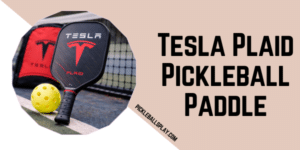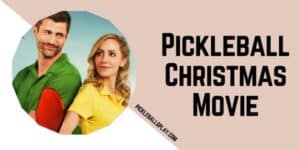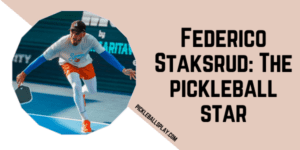Pickleball might be America’s fastest-growing sport, but with that popularity comes a surprising problem — a rise in pickleball eye injuries. Over the past few years, emergency rooms across the U.S. have seen a sharp increase in players showing up with serious eye trauma caused by flying balls and paddles. From minor corneal scratches to vision-threatening retinal damage, these injuries are becoming more common and more severe.
If you love playing pickleball, protecting your eyes should be your top priority. In this guide, we’ll explore the latest 2025 data, the most common causes, real case examples, and expert tips on how to prevent eye injuries on the court, so you can keep playing safely and confidently.
Quick Takeaway
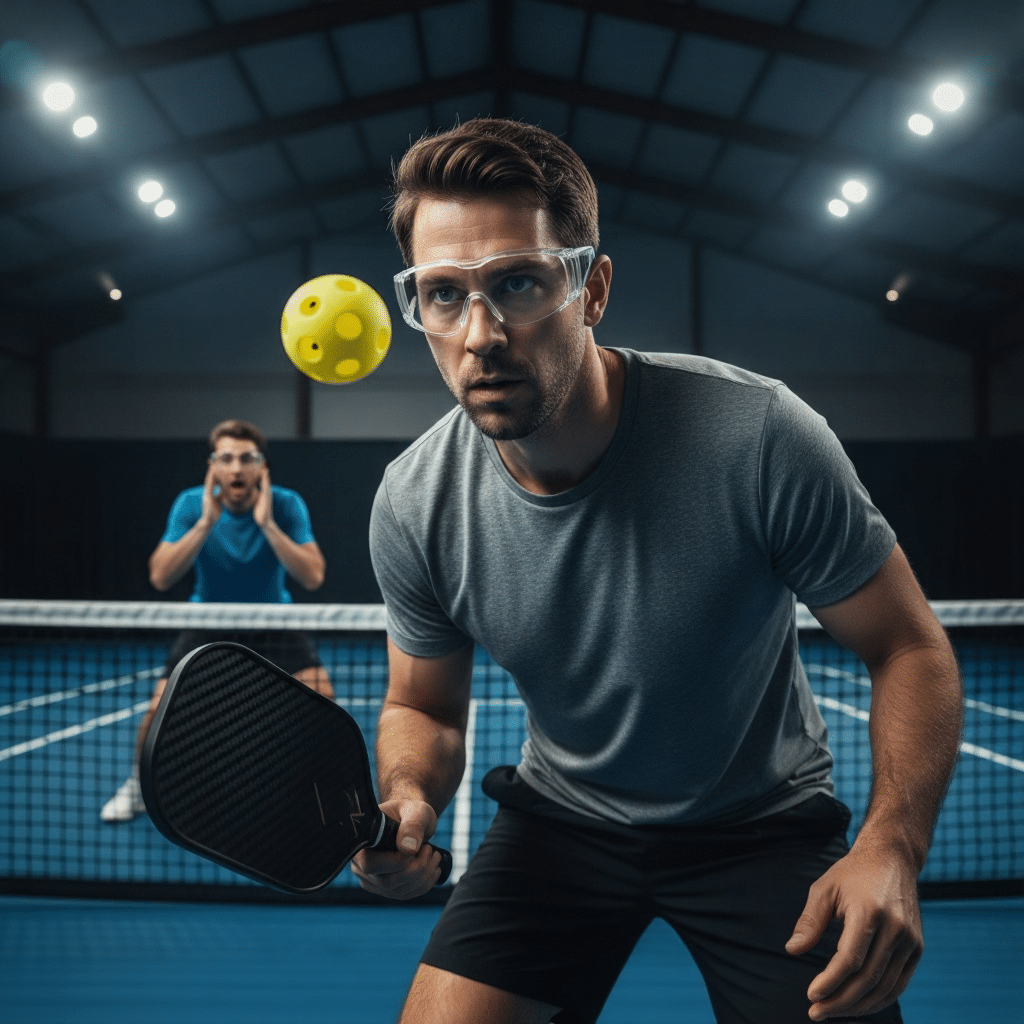
Pickleball-related eye injuries have increased dramatically from 2021–2024, with an estimated 3,112 cases in the U.S. between 2005–2024 and about 1,262 in 2024 alone.
The most common mechanisms: ball strike (≈43%), falls (≈28%), and paddle strikes (≈12%).
Injuries range from minor corneal abrasions and black eyes to retinal detachment, globe rupture, orbital fractures, and hyphema, some causing permanent vision loss.
Older adults (50+) are over-represented among serious cases. Protective eyewear (ASTM/ANSI-rated goggles) substantially reduces risk but is not yet widely used or mandated.
Why Focus on Pickleball Eye Injuries Now
Pickleball’s player base skyrocketed in the early 2020s, and emergency-department surveillance shows ocular injuries have surged in parallel. A comprehensive JAMA Ophthalmology analysis of U.S. emergency presentations found a marked increase in pickleball-related ocular injuries in 2021–2024 compared with previous years, with many injuries being severe. That trend triggered alerts from ophthalmology and optometry organizations urging eye-protection adoption.
Latest Statistics and Trends (Summary of the Evidence)
- Estimated total (U.S., 2005–2024): about 3,112 eye injuries, with approximately 1,262 in 2024 alone, weighted from national ED data. Increase concentrated between 2021–2024.
- Mechanisms of injury: ball (43%), falls (28%), paddle (12%).
- Age risk: majority of severe injuries occur in players aged 50 years and above, likely reflecting both participation demographics and reduced protective reflexes.
- Types of serious injuries reported: retinal detachments, orbital fractures, globe trauma (rupture), hyphema (bleeding in the anterior chamber), and lens subluxation. Corneal abrasions and periorbital lacerations are common.
How Severe Are These Injuries? Clinical Categories
Pickleball eye injuries span a spectrum:
| Injury type | Typical cause | Key symptoms | Urgency |
|---|---|---|---|
| Corneal abrasion | Direct ball/paddle contact or fingernail | Pain, tearing, photophobia, foreign-body sensation | Urgent: ophthalmology/optometry same-day |
| Periocular laceration / contusion (black eye) | Ball/paddle impact or fall | Bruising, swelling, cut around eyelid | Prompt: suture if deep, check tetanus |
| Hyphema (blood in anterior chamber) | Blunt trauma | Blurred vision, visible blood layering | Emergency: risk of raised IOP |
| Orbital fracture | High-force ball/paddle/fall | Pain, diplopia, numbness, enophthalmos | Urgent surgical consult |
| Globe rupture / open globe | Penetrating/very high-energy blunt trauma | Severe pain, vision loss, misshapen globe | Emergency: immediate ophthalmic surgery |
| Retinal tear/detachment | High-impact blunt trauma | Flashes, floaters, curtain over vision | Emergency: surgical repair possible |
Mechanism and Biomechanics: Why a Pickleball Can Cause Severe Eye Trauma
Two facts matter:
Speed and court proximity: Although pickleball balls are plastic with lower mass than tennis balls, the game is played on a small court with players standing close, increasing the chance of direct facial impacts. Balls over 82 km/h (around 30 mph) can produce forces sufficient to deform the cornea, retina, and vitreous, causing internal ocular injury even without penetrating trauma.
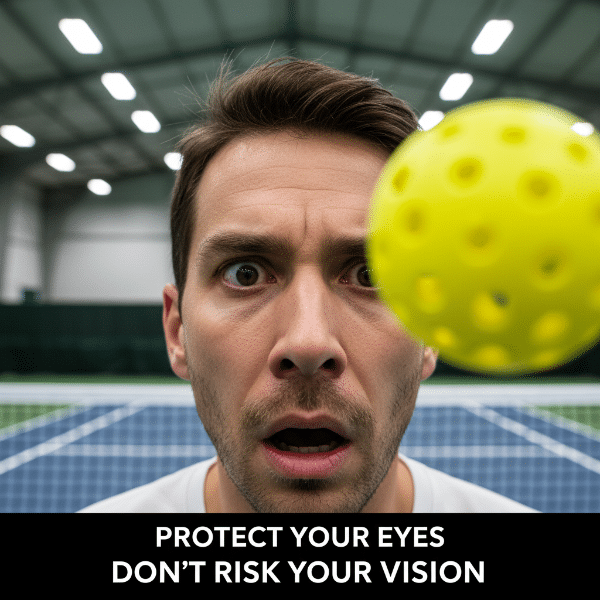
Ball deformation and blunt shockwave: Even non-penetrating blunt force can transmit enough energy to cause retinal tears or globe rupture when strikes are close to the eye. Aging eyes with vitreous degeneration or prior retinal pathology are more vulnerable.
Who’s Most at Risk
- Players aged 50 and older: higher proportion of serious injuries, possibly due to slower reflexes, concomitant ocular disease, and greater fragility of ocular structures.
- Recreational players and beginners: casual play often lacks protective norms. Studies and surveys show the least-protected cohorts are those most likely to be injured.
- Doubles and compact play: closer positioning and rapid exchanges increase the chance of unexpected deflections or collisions.
Real-World Examples and Case Reports
Multiple case reports and small series have documented:
- Retinal detachments after near-face ball strikes.
- Orbital fractures from paddle or ball impact.
- Corneal abrasions and lacerations requiring ophthalmic repair.
These reports show that some catastrophic outcomes like permanent vision loss, though rare, are possible and highlight the need for prevention.
Diagnosis: What an Injured Player Should Know
If you or a teammate sustain facial or eye trauma during play:
- Stop play immediately. Evaluate the eye.
- Red flags requiring emergency care: dramatic vision loss, severe pain, visible deformity of the globe, heavy bleeding, double vision, new flashes or floaters, or blood in the eye. These signs suggest retinal detachment, open-globe injury, orbital fracture, or hyphema.
- Mild symptoms: such as minor pain, tearing, or redness still need same-day ophthalmology or optometry evaluation.
- Do not apply pressure to a potentially ruptured globe. Shield the eye (with a cup or shield), avoid rubbing, and go to the emergency department immediately.
Treatment Options (Brief Overview)
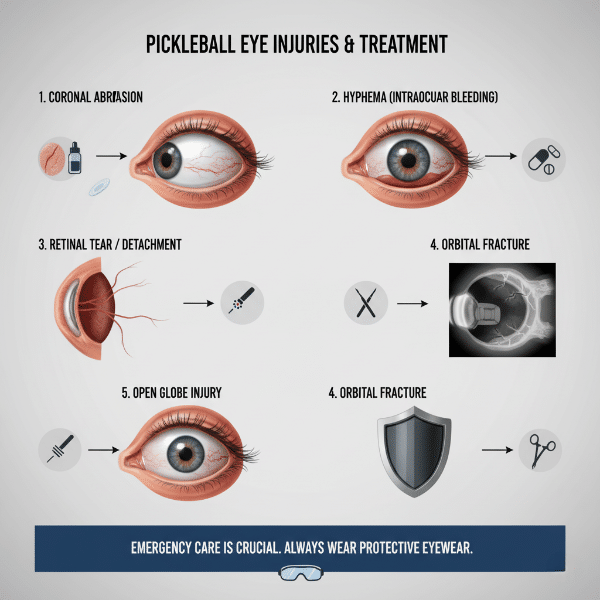
Corneal abrasions: antibiotic drops, topical pain control, patching rarely needed.
Hyphema: eye shield, head elevation, urgent ophthalmology follow-up, monitoring intraocular pressure.
Retinal tears or detachments: laser photocoagulation or vitreoretinal surgery depending on severity.
Orbital fracture: imaging and surgical assessment as required.
Open globe: immediate surgical repair.
Management depends on severity, and timely specialist intervention improves outcomes.
Prevention: Evidence-Based Strategies to Reduce Pickleball Eye Injuries
Prevention is the most effective approach. Key elements:
1. Protective Eyewear (The Single Most Effective Step)
- Wear sports goggles that meet ASTM/ANSI impact standards (ASTM F3164 or ANSI Z87.1). Properly fitted polycarbonate lenses and side shields are recommended.
- Barriers to adoption include social norms, aesthetics, fogging, and limited awareness. Campaigns by clubs and leagues can normalize use.
2. Education and Warmups
- Regular safety briefings, especially for new players and senior groups. Teach alerting calls (“mine”, “yours”) and communication in doubles. Emphasize that unexpected deflections are common and to avoid standing directly behind partners during serves or volleys.
3. Court and Facility Measures
- Maintain adequate spacing around courts to reduce falls into hard surfaces. Install cushioned backsplashes where collisions with walls occur. Provide first-aid kits and eye protection at the facility.
4. Rule and Format Changes
- Encourage controlled serves in mixed-ability groups. Limit high-speed drills for beginners. Enforce non-aggressive play in senior leagues.
5. Promote Regular Eye Exams
- Older players should have routine ophthalmic evaluations to manage conditions that increase vulnerability, such as lattice degeneration, prior retinal tears, or glaucoma.
How Effective Is Eyewear and What to Buy
- Effectiveness: Protective goggles dramatically reduce risk of corneal and globe injuries from small-ball sports. Case-control and observational data support a large protective effect for direct blows.
- What to buy: polycarbonate lenses, ASTM/ANSI certified, wraparound with side protection, anti-fog coatings, comfortable strap or fit. Avoid regular fashion sunglasses or prescription glasses unless they are impact-rated.
- Cost and access: Affordable sports goggles range between $20–$80, with higher-end models offering better comfort and anti-fog features.
Club and League Recommendations
- Adopt a “goggles recommended” policy for all sessions and consider mandatory eyewear for junior programs and high-risk drills.
- Keep spare certified goggles available for loan.
- Place signage promoting eye protection.
- Track and report serious injuries to aid public health surveillance.
Financial and Public-Health Impact
Health-economics studies estimate substantial costs from increased emergency visits, surgeries, and lost productivity. Some analyses project hundreds of millions in medical costs related to pickleball injuries in recent years. The higher prevalence of severe injuries in older adults amplifies the public-health burden.
My Top 10 Practical Tips for Players
- Always wear ASTM/ANSI-rated protective goggles during play.
- Use a snug strap; goggles that shift are less protective.
- Keep communication tight with partners.
- Warm up reflexes; practice looking away before a ball arrives.
- Avoid standing directly behind your partner on volleys or serves.
- Play at controlled speeds when with beginners or older adults.
- Learn basic first-aid for eye injuries; keep an eye shield in the club kit.
- If hit in the eye and vision changes, seek medical help immediately.
- Have regular eye exams if you are over 50 or have prior ocular history.
- Encourage your facility to stock spare protective goggles.
Common Myths Debunked
Myth: Pickleball is low-risk, goggles are unnecessary.
Reality: Data show a rising rate of ocular emergencies directly tied to pickleball. Even non-penetrating blows can cause retinal injury.
Myth: Sunglasses protect my eyes.
Reality: Regular sunglasses are not impact-rated and do not replace certified sports goggles.
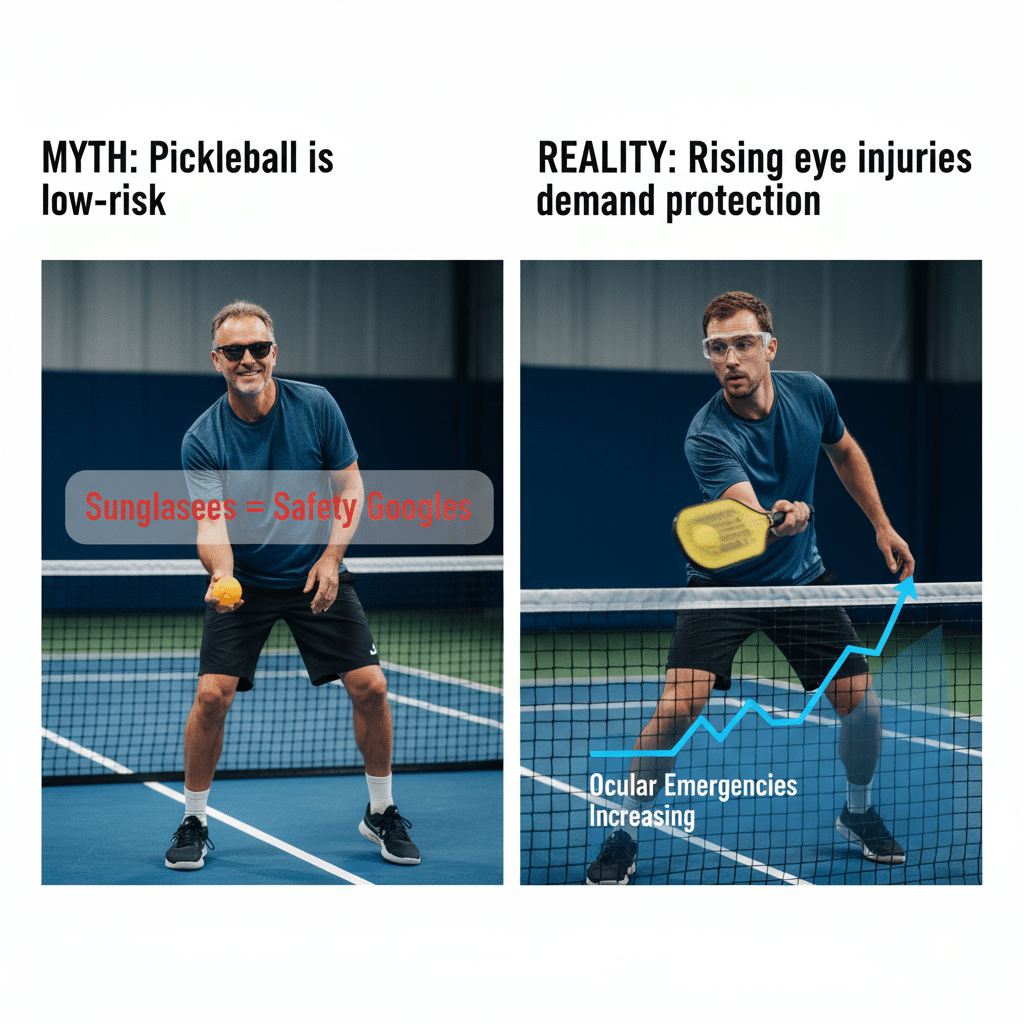
Evidence Gaps and Future Research
- Longitudinal studies on the protective efficacy of specific eyewear in pickleball are limited. Researchers are calling for standardized injury reporting and controlled evaluations of protective eyewear campaigns.
- Biomechanics studies are emerging to better quantify thresholds for different ocular structures, helping design better protective gear.
Sample Club Handout
Title: Protect Your Eyes While Playing Pickleball
- Wear certified protective goggles.
- Seek immediate care for vision changes after any eye hit.
- Maintain good court communication.
- Report serious injuries to club management.
Conclusion
Pickleball remains an excellent way to stay active and social, but the recent, well-documented rise in pickleball eye injuries is a wake-up call. The single most actionable step players and facilities can take today is to normalize and promote certified protective eyewear, together with basic education, court adjustments, and prompt medical response when injuries occur. Implementing these measures protects sight, the single thing you can’t replace.
